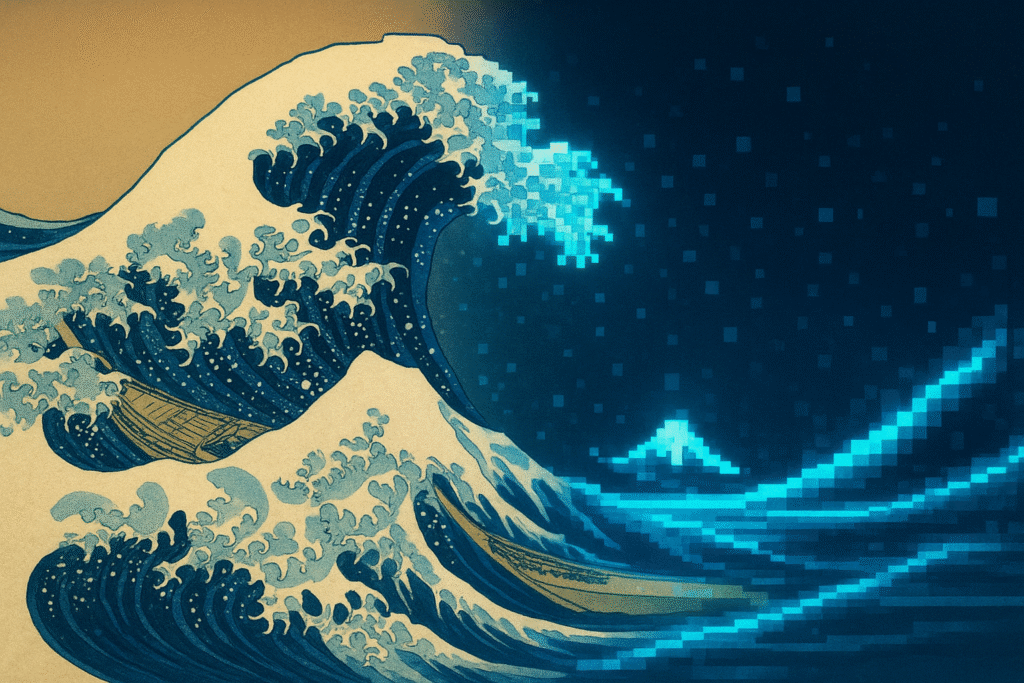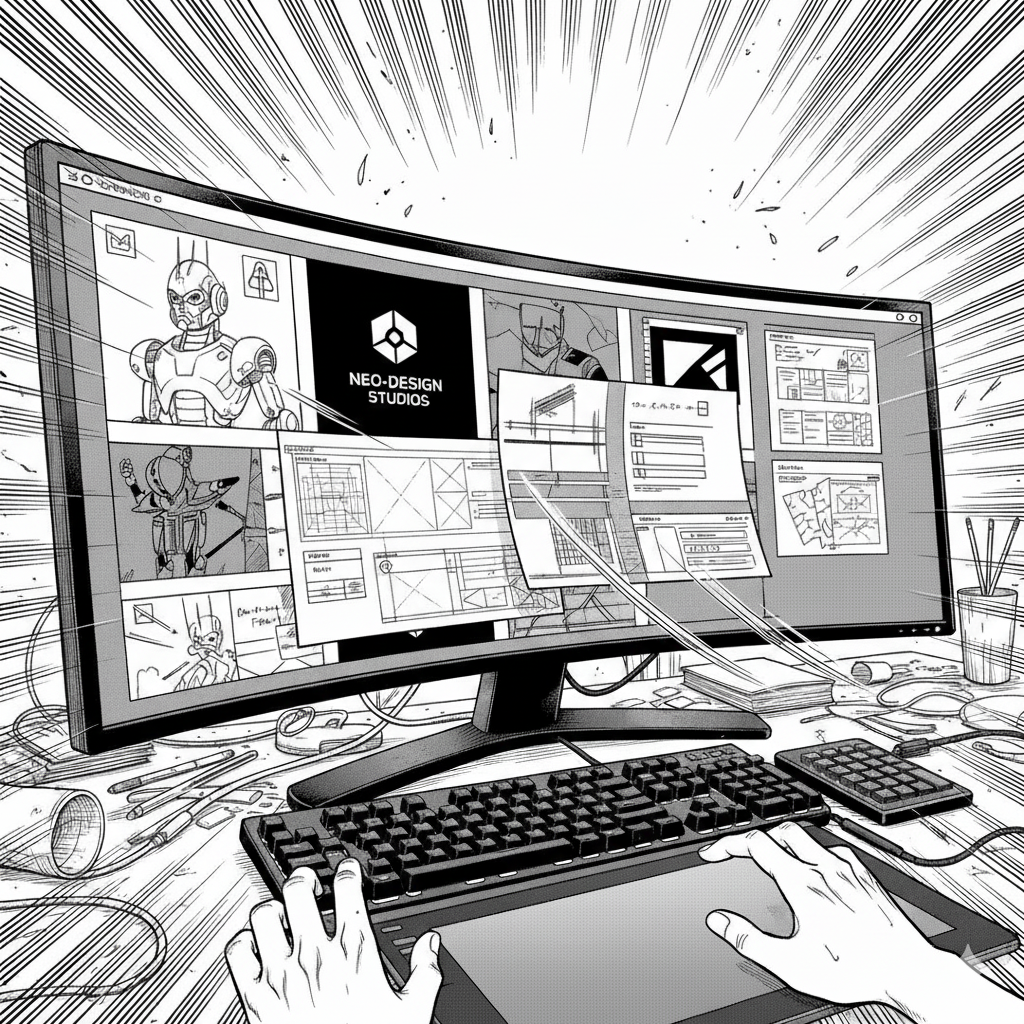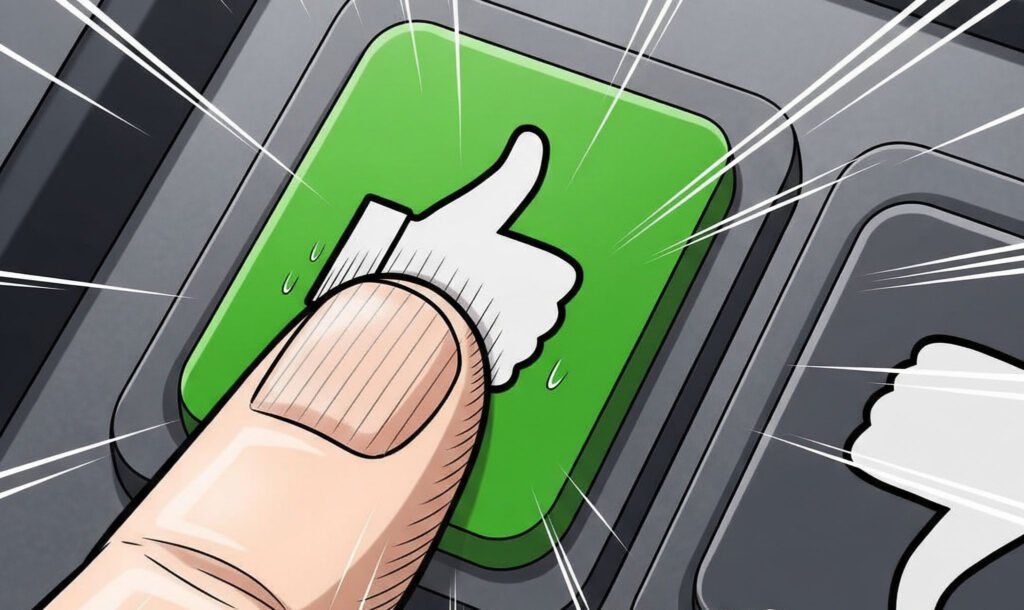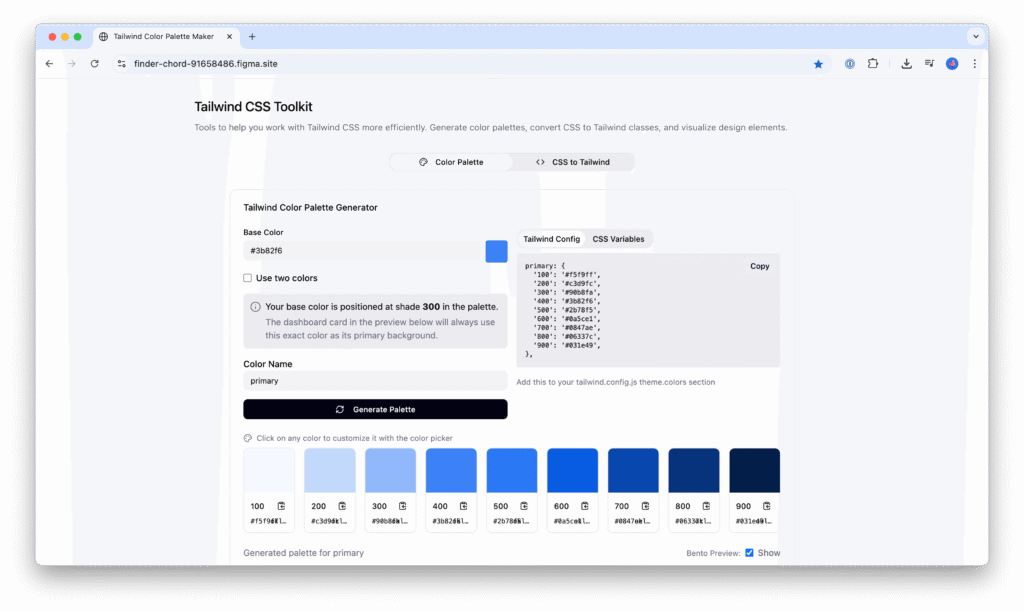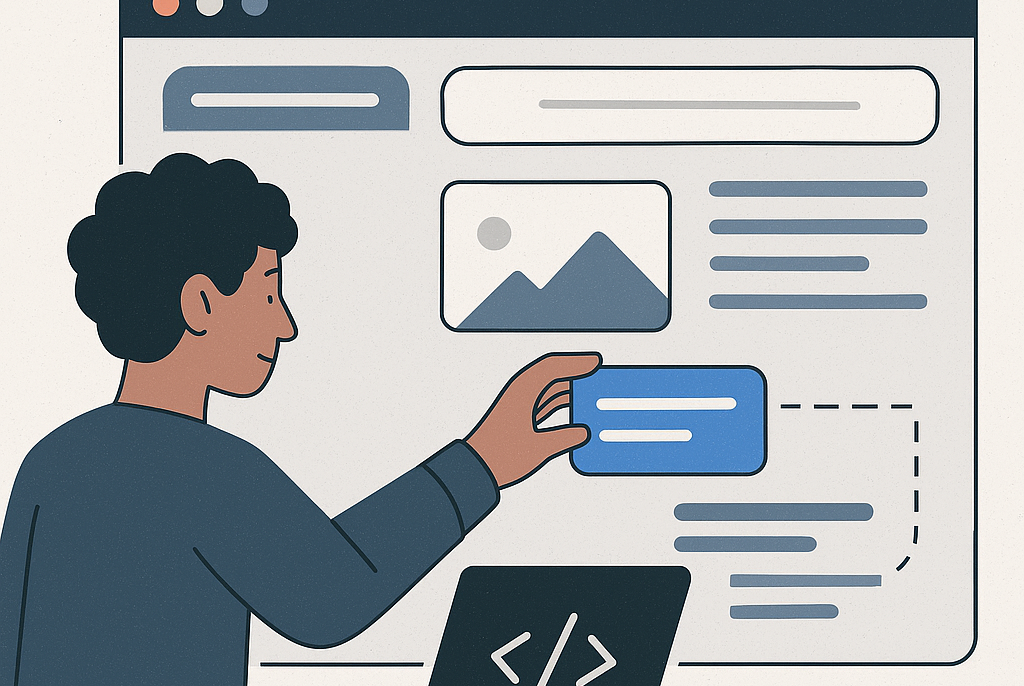A user-first approach to enterprise AI strategy
“Enterprise AI strategy” is something you’d find on a consultant’s slide deck with lots of arrows, maybe a few buzzwords, and a roadmap that stretches into some hazy, futuristic quarter where everything just “works.” But in reality, the organisations making the most meaningful progress with AI aren’t following 100-slide strategies. They’re building small, scrappy, useful … continue reading

